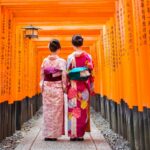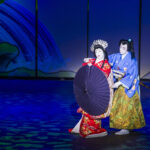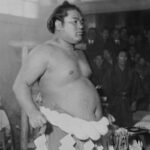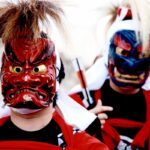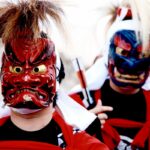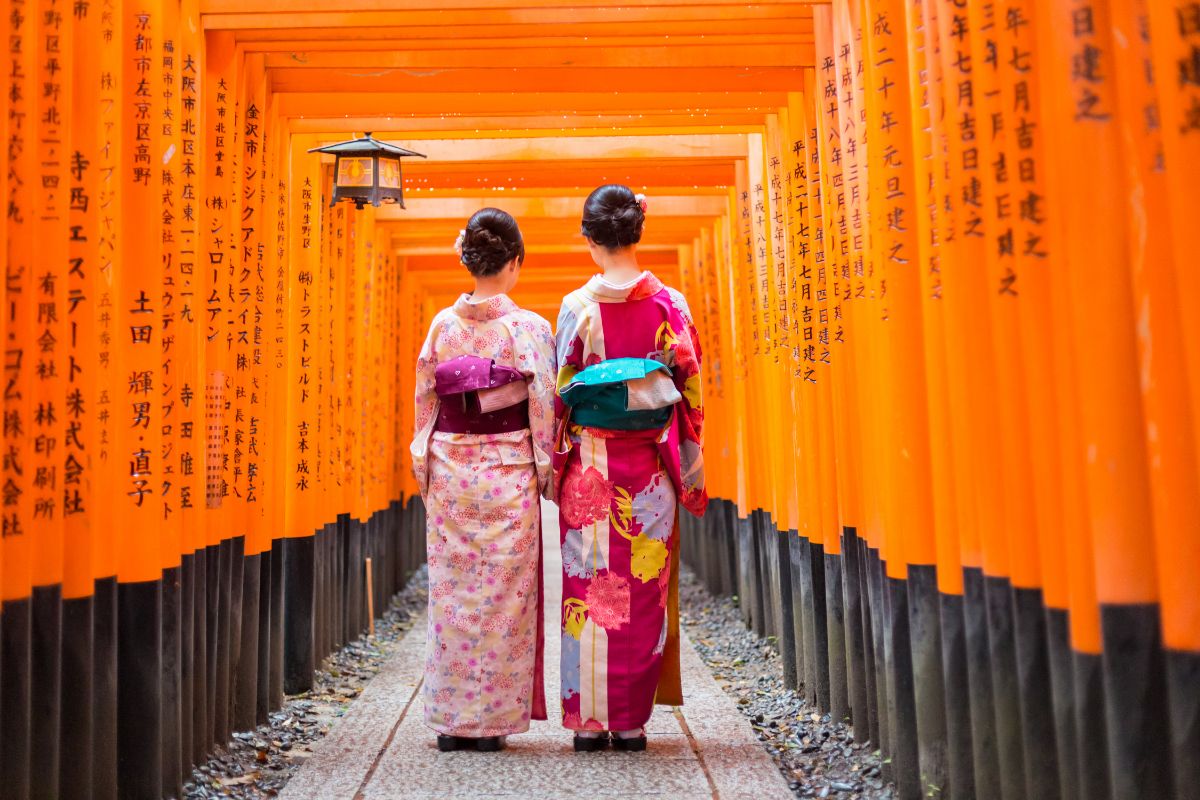The characters and the costumes are important in kabuki theater with both going hand in hand. The costuming in kabuki theater is known as isho and can include many different types of costumes for various characters during different periods of time.
These costumes can include heavy dresses for historical times to paper kimonos which were mainly worn by poor citizens. The most elaborate costumes are reserved for courtesans and tend to be heavy to wear.
In this guide, we will look at the common characters and costumes that are seen in kabuki theater.
Common Characters In Kabuki Theater
There are many different characters to look out for in kabuki theater. Many are classified based on their role in the story, as well as their occupation and age.
The yakugara is the term given to a character in kabuki theater and these are broken down into three common groups.
There are tachiyaku which are typically young and virtuous male roles, katakiyaku which play villains, and onnagata which are female roles played by male actors.
Onnagata Characters
Even though onnagata characters are something to behold themselves, they are split into several individual characters. These can include an elegant princess known as akahime, or a brave town girl or daughter known as machi-musume.
Then there are elderly onnagata characters which can include a resilient maid or wife from a samurai household known as katahazushi. Finally, there is the sewa-nyobo which is a wife who diligently looks after and cares for her husband.
Tachiyaku Characters
You can expect to see an aragoto character who acts impulsively wild and heroic in a kabuki performance, typically in bold blue or red makeup. The aragoto is known as a rough style of acting using exaggerated speech and movements.
Compare that to a wagoto who behaves more softly with grace and gentleness without using exaggerated makeup. Somewhere in the middle is the jitsugoto who is a largely reflective male character, typically in the prime of their life.
Katakiyaku Characters
If there is a rebellion to be plotted, you can expect a jitsuaku supervillain to be behind it. For a handsome bad guy, look no further than the iroaku. There is also an evil noble known as a kugeaku which could also be a feudal lord.
The Iconic Costumes Featured In Kabuki
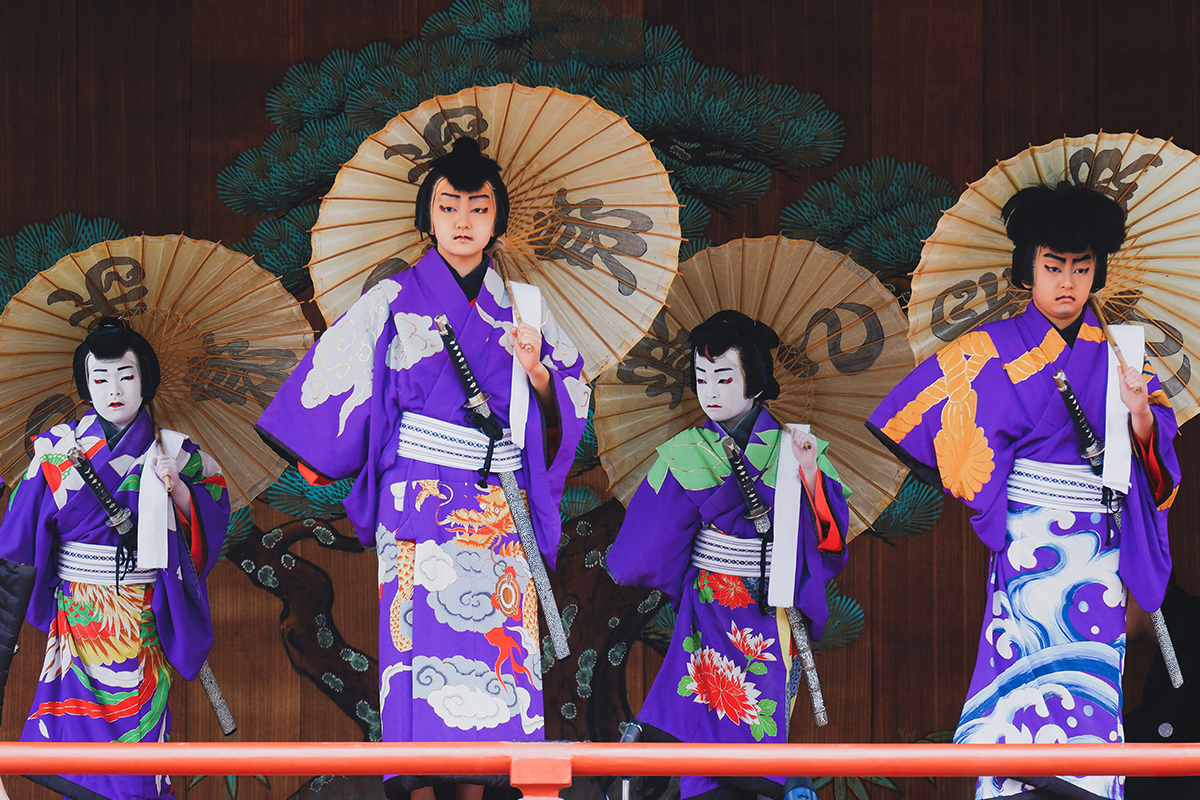
The costumes are fundamental to the characters that are featured in Kabuki theater. One of the methods is through onnagata actors, those male actors who portray female roles.
By using padding, the costumes are made to create the relevant body shape of that character. This is an effective way of building a character through the specific use of their costume.
The kabuki costumes are recognizable for their layers upon layers of traditional Japanese clothing. These costumes are intricately detailed and typically colorful.
They can also be expensive to create and heavy to wear due to the use of real gold and silver. You could expect an actor that is portraying a noble or a courtesan to be wearing a costume, including jewelry, that weighs around 60lb.
This includes many layers of kimonos which are then covered by a single outer robe that is particularly heavy. The neck is revealed by a lowered collar at the rear of the kimono which can be viewed as an erotic detail.
The flowers and details that are embroidered into the costume can also have symbolic meanings and secret messages. The oiran is a popular kabuki costume that usually uses gold and silver embroidery.
This embroidery is applied to the uchikake (outer kimono) with a belt that hangs down at the front.
Then there are typical costumes for tachiyaku characters including haori (a thin coat typically worn over a kimono) and a hakama which is a pants-like kimono known as the formal wear for a townsman.
Kamishimo is also known as the formal wear for a samurai character and an old ceremonial dress. You can expect to see a short hemp garment without sleeves (kataginu) and a hakama too. Both garments are worn on top of a small-sleeved top known as a kosode.
One of the typical costumes that you can expect to see in a kabuki theater performance is the kimono worn by a female, onnagata character. For onnagata characters, you can expect their costumes to feature a long-hanging sash and a dragging hem.
There are also subtle differences in the onnagata costumes to look out for. These include tiny features such as how the obi (sash) is tied which can depend on the role.
The Costumes In Historical Plays
In historical plays (jidai-mono), you can expect an attempt to provide a realistic portrayal of the times of the Imperial Court and the samurai.
That should mean that the costumes of warriors, nobles, and various other characters, appear to be stylized and somewhat exaggerated. That helps the characters to be recognized almost immediately, as do the wigs that are used.
While the costumes for evil nobles (kugeaku) and the impulsively wild character (aragoto) may be completely authentic, they should be recognizable.
The Costumes In More Contemporary Plays
While costumes in jidai-mono struggle to reflect the actual clothing worn at the time the plays depict, costumes in contemporary plays are more accurate.
These plays are known as sewa-mono and performances are more heavily tied to the costumes for authenticity. You can expect bright colors, patterns, and fabulous styling. However, there are also paper kimonos for characters who are suffering from poverty.
Final Thoughts
The costumes used in kabuki theater are typically created using bold patterns and colors. This is usually the case simply to heighten the drama of the theater performance. That does mean that some costumes can become heavy with all the layers they have to include.
Unfortunately, that does mean that several costumes are discarded after a single theater run simply down to how the colors fade and the smell from the sweat.
Frequently Asked Questions
Why Is The Makeup So Important In Kabuki Theater?
The makeup is known to be an essential part of kabuki theater as it is relied upon to change. This is dependent on the characterization of the actor being portrayed.
For example, ghosts and demons should have the most dramatic makeup to extenuate their terrifying features. The first step in the makeup is using oshiri which is a white makeup to cover the actor’s face for a dramatic base effect.
The actor’s faces also stand out due to their use of oshiri, while black and colored lines add definition to the eyes and mouth. Valuable souvenirs are even made from silk cloths that are pressed into the faces of actors to create a memorable print.
Are The Wigs A Crucial Part Of Kabuki Theater?
Like the makeup, the wigs used in kabuki theater are also very important. Each costume has its own type of wig and specialized craftsmen work hard to shape them appropriately.
These wigs are prepared and maintained for each performance and some are even designed specifically for certain characters. These wigs can be made from human hair but some are made from yak-tail hair which is imported from Tibet, bear fur, and horse hair.
- 16 Best Websites To Watch Japanese Movies With English Subtitles - May 11, 2023
- Is ZIPAIR The Best Airline For Traveling To Japan? - May 11, 2023
- Ryu Murakami Vs Haruki Murakami – Which One Should You Read? - May 11, 2023

